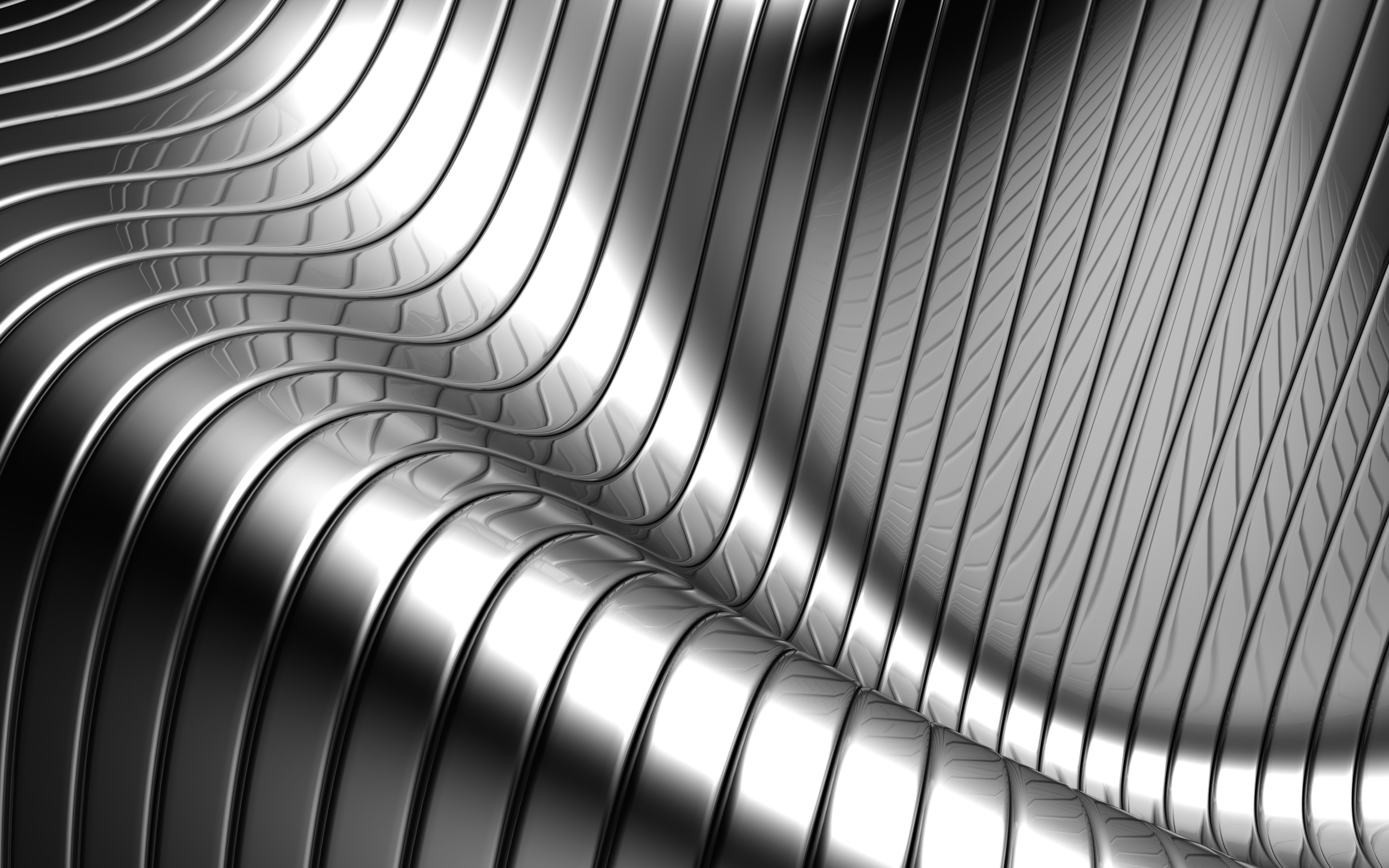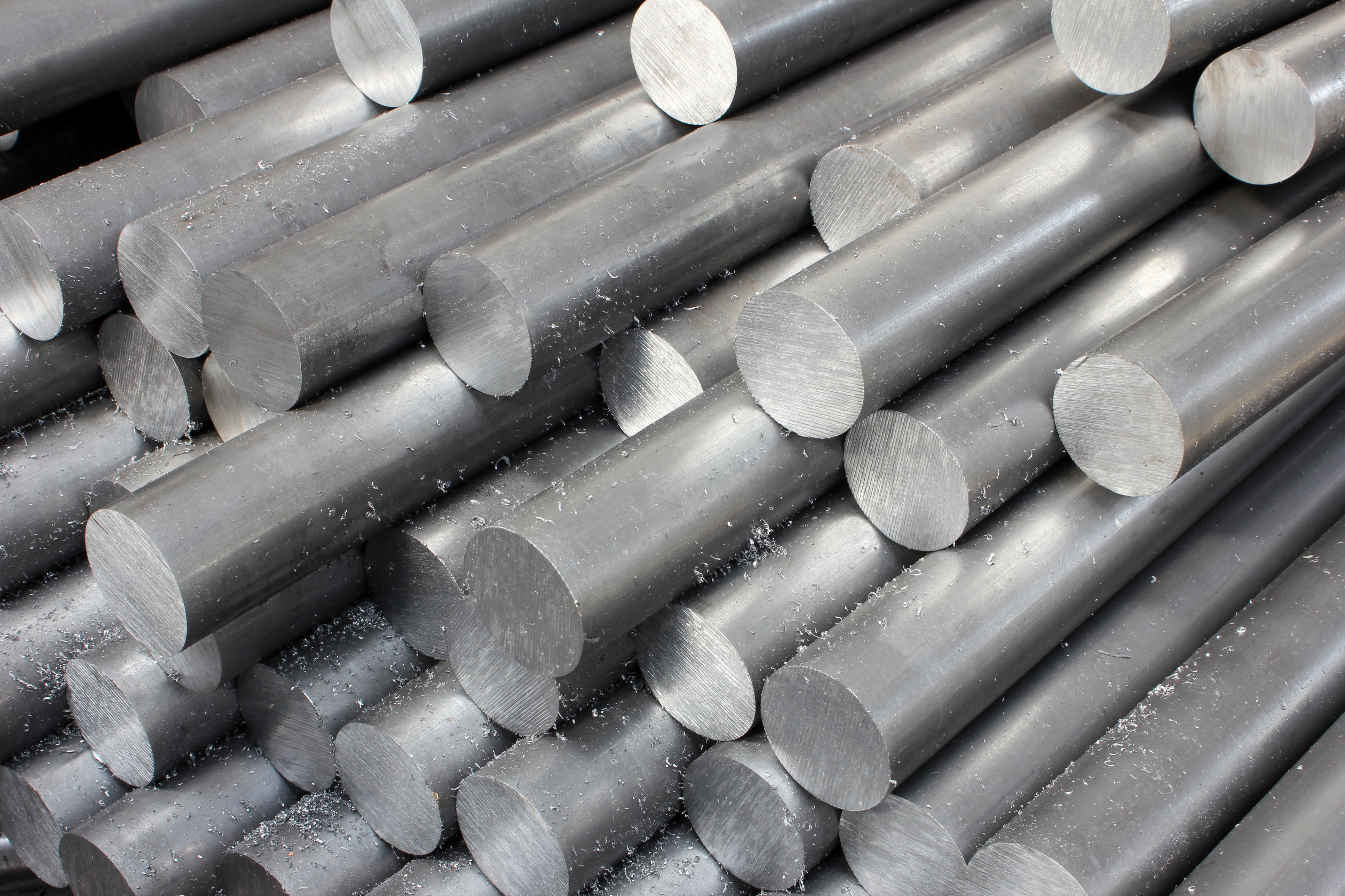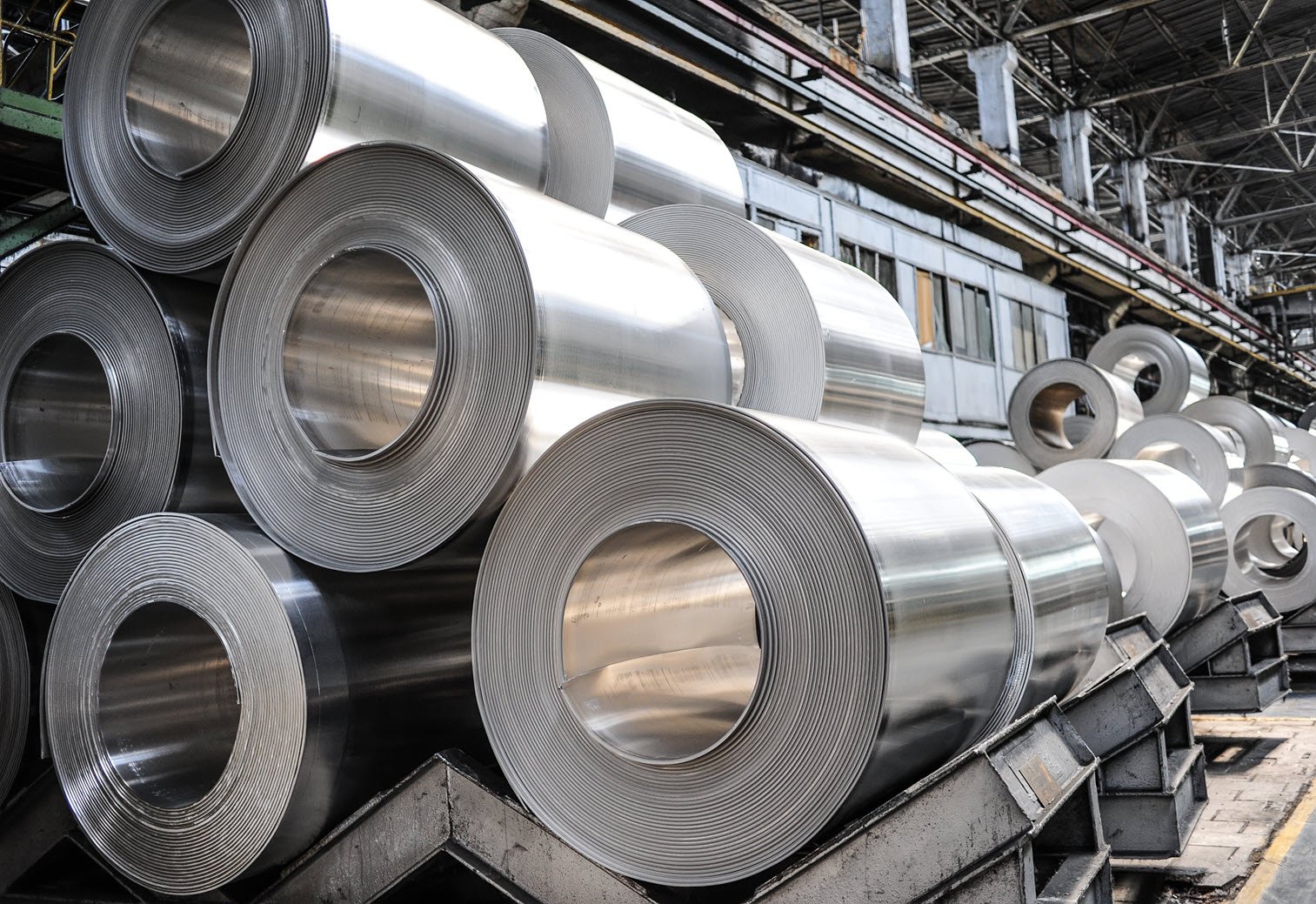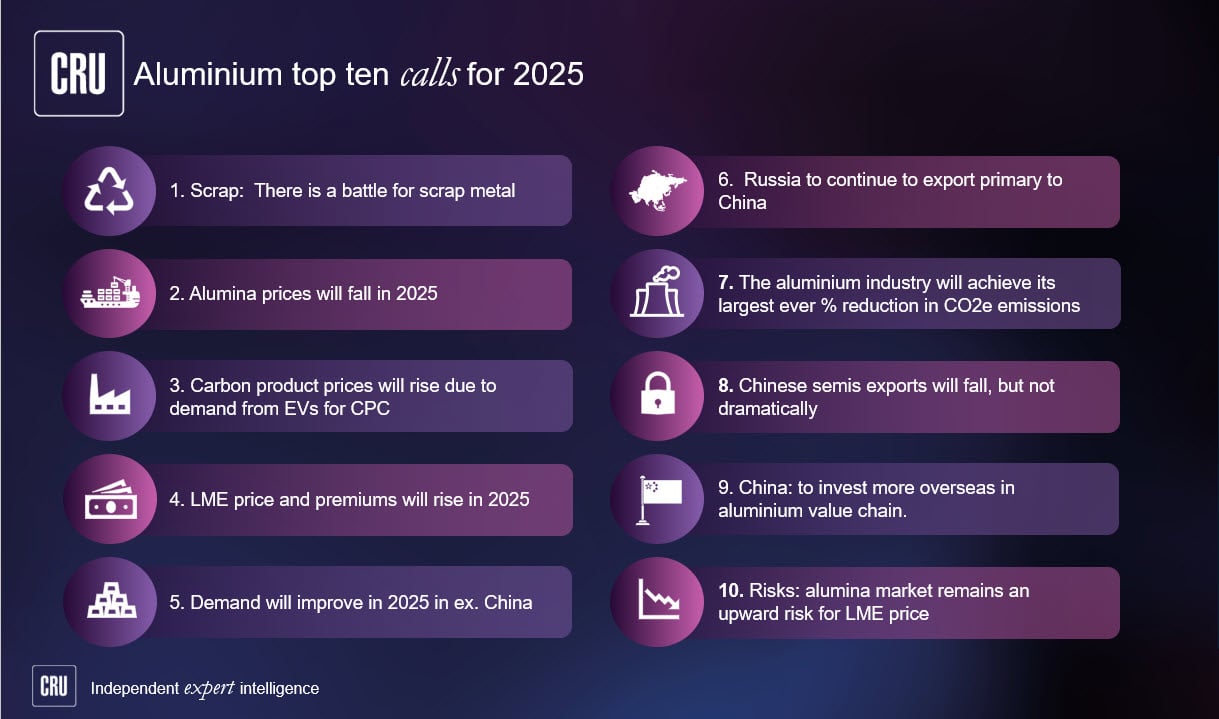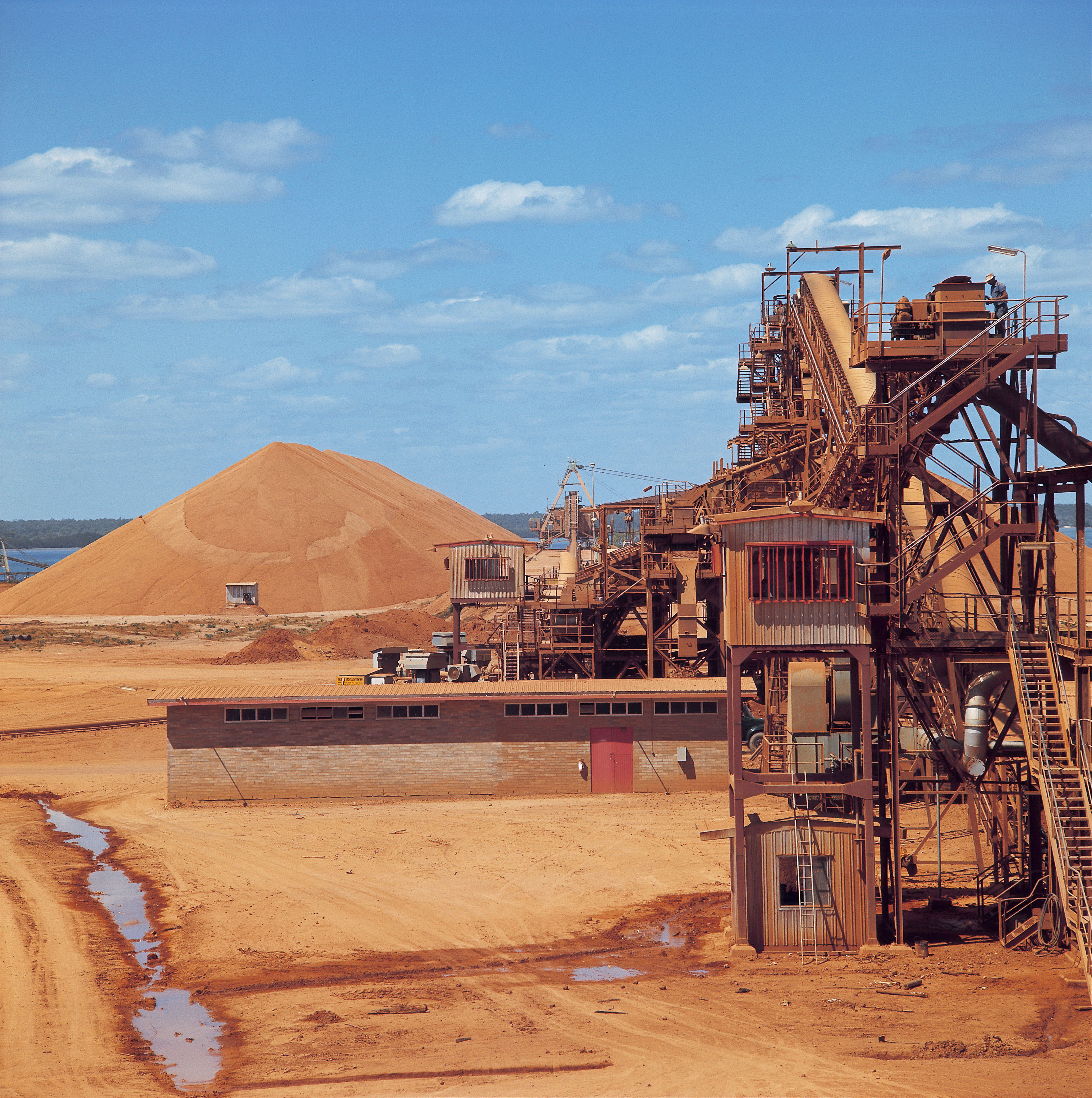The aluminium rollers all performed relatively strongly during Q4 and 2021 as the markets continued to recover from the effects of Covid-19. Strong growth in packaging helped maintain shipments, although high margin sectors like Aerospace and Automotive remained weak. The rising costs were partially mitigated by pass-through mechanisms, although margins were still affected. The outlook for rollers is positive, with destocking largely complete and key sectors gradually returning to pre-pandemic levels. However, there is significant downside risk from further acceleration of inflation and geopolitical issues – like the war in Ukraine.
Rising inflation driving up rolling costs
Inflationary pressures were one of the key topics discussed throughout Q4 reporting. The increased costs of energy, alloys, and logistics have led to increased operating costs that noticeably impacted decisions within the industry. Both Arconic and Gränges reported that their costs rose significantly due to inflation, reaching $70M and 100M SEK ($11.1M) respectively.
Energy costs for rolling mills in Europe have risen by 68% since 2018 on similar levels of production. This includes both fuel and electricity costs. While all products have seen a substantial increase in energy costs since 2013, auto body sheet saw the largest at 35%. Comparing this to the other products whose energy costs grew an average of 16%, this is a substantial difference which can be attributed to auto body sheet relying more on gas as opposed to electricity. Long term contracts are still an issue, with different pass-through mechanisms being looked at, and contracts for following years being discussed earlier than ever. While the prices of energy and alloys were once expected to fall after the Beijing Olympic games and the end of the Northern Hemisphere winter heating season, the war in Ukraine has caused new uncertainty. We have already seen the oil and gas markets as targets for sanctions which will keep prices much higher for longer than originally expected.
Q4 delivers strong revenues hampered by lower margins
Revenues remain up across all reporting companies due to demand growth in certain sectors. The effects of the inflationary costs discussed earlier can be seen in the lower margins and will remain a challenge throughout 2022. Mills have worked on adjusting their product mix to higher growth areas, although these sectors typically have lower margins.
Novelis
Novelis’ annual results were up 33% in both sales and net income y/y in 2021. These results were due to a strong product mix with a focus on maintaining auto and aerospace as well as securing higher pricing for can sheet, all which helped offset inflationary pressures. Favourable metal pricing and implementing price pass throughs also proved beneficial. This, combined with challenges faced throughout the industry, resulted in a 1% increase in adjusted EBITDA y/y, reaching $506 million. That correlates to a 12% EBITDA margin which is down from last quarter and more in line with pre-pandemic numbers.
Arconic
Arconic finished 2021 with a very strong Q4 performance, reaching $2.1 billion in sales – up 13% q/q giving them $7.5 billion on the year – up 32% y/y. As part of the strong recovery after the pandemic, shipments to automotive soared past previous flat sales, with growth hitting 18% y/y in Q4 and 2021 overall despite still limited semiconductor supply. Arconic’s challenges remained employee call offs and high prices, particularly in alloys, which cut into sales growth and gave them an EBITDA of $162 million and EBITDA margin of 9% – down 1% from 2021 Q3.
AMAG
With a focus on productivity and adapting its product mix, coupled with high aluminium prices, AMAG achieved revenues of $316 million. This was despite the forex market providing challenges, which had an overall negative effect on revenue. Again, accounting for higher energy prices in Europe and lower growth levels through the high margin sectors, AMAG had an EBITDA of $19 million which was down from $23 million the previous quarter despite higher revenues. When we look at 2021 overall, AMAG had a record year with an EBITDA of over $210 million showcasing the strong recovery they have seen.
Constellium
Constellium saw its Q4’s revenue jump to $1,933 million despite dealing with the challenges of today’s markets. They are well positioned in packaging, which as mentioned, continued its strong growth throughout the quarter. However, when looking at the lower demand from automotive and other sectors, resulted in an overall weaker product mix. Another challenge is the more inconsistent and volatile automotive orders coming in, which saw some months having plenty of orders followed by a month of little to no orders. Constellium also took advantage of favourable forex conditions and worked to provide pass throughs to the higher costs which helped achieve an EBITDA of $167 million – their strongest quarter in 2021.
Gränges
Gränges faced many challenges throughout 2021 with the automotive sector, one of their biggest, remaining bottlenecked. This remained in line with what we saw in their Q4 reporting, as sales in Europe and Asia were down 8% and 11% overall. In North America, however, they were one of the producers capable of taking advantage of the strong housing market. Using an updated product mix focusing on HVACs as well as packaging, the NA market saw a 4% growth in sales. However, Gränges was one of the companies hit hardest by inflationary factors, with an EBITDA margin of 6.2% leaving them with an EBITDA of $33 million despite revenue reaching $539 million. Looking at the bigger picture, despite this challenging quarter they had a record year achieving new highs in both sales volume and adjusted profits.
Kaiser Aluminum
On the back of strong revenue coming from their well-timed investments in the packaging sector, overall Kaiser saw sales increase to $806 million – up from $751 million in the previous quarter. Covid-19 related challenges in the work force, along with other disruptions, started to subside. However, new challenges arose such as a major disruption to their magnesium supply and metal supply at their new Warwick facility. This amounted to an EBITDA of $46 million. EBITDA margin was reported at 14.5%, which was propped up on Kaiser’s strong positioning in the aerospace and defence markets. Looking y/y, 2021 showed incredible growth and strong recovery, with sales hitting $2.6 billion compared to $1.2 bn in 2020 as shipment volumes doubled and packaging added close to $400 million.
UACJ
UACJ’s position has shown both opportunities and challenges in their Q4 reports. Their position in the US with the Tri Arrows plant gives them access to the soaring market there while also seeing Covid-19 disruptions subside. However, their positioning in Thailand still shows some risks as not only has the virus showed another surge, but also 70% of their production is consumed outside of Thailand. This leaves them exposed to growing logistics costs on top of the already discussed inflationary challenges. For their FY 2021 Q3, sales hit $4.86 billion which was up from $3.52 billion the previous year and an adjusted EBITDA of $3.89 billion compared to $2.68 billion in 2020.
Disruptions impact Q4, but there is positive forward outlook
As the disruptive effects of the pandemic have begun to ease across large parts of the globe, this has also been reflected in the aluminium rolling market. However, the effects of the pandemic are still being felt, with several rollers highlighting in their Q4 results that there have been several shortages of skilled personnel because of sickness and isolation periods.
However, most believe this has now peaked and the situation should continue to improve based on vaccination role out and easing of the pandemic restrictions. Another key issue has been the impact on supply chains, which is expected to continue and constrain shipments for several rollers at least through 2022 H1, although the situation is also improving.
Mixed shipment results as packaging offsets auto weakness
21 Q4 delivered relatively strong shipment results for most rolled producers, with packaging, building and construction offsetting the weakness in automotive and aerospace. Kaiser Aluminum delivered exceptional Q4 results, with shipments (excluding packaging) up 28% y/y, as shown in Figure 3. This followed Kaiser’s pronounced weakness in shipments during 2020 Q4 and subsequent recovery a year later.
Kaiser’s results were further boosted by the integration of the Warrick rolling mill, which was fully acquired from Alcoa on 31 March 2021. The acquisition has considerably strengthened Kaiser’s position within the market, increasing their market share against the companies surveyed from 3% in 2020 to 7% in 2021, as shown by Figure 4.
Kaiser Aluminum’s shipments from packaging were over 240,000 t for the nine months from acquisition in 2021, and represented 53% of annual shipments, despite only operating as part of Kaiser Aluminum for three out of the four quarters. This highlights the strength of the packaging industry which has been a relative safe haven for aluminium rollers during a highly turbulent few years. The strong performance of packaging has led to further investment. Kaiser has invested in a new roll coat line, which is proceeding as planned and is expected to be in operation ahead of schedule, converting an additional 25% of production.
Packaging volumes continue solid growth
Packaging consumption for aluminium can sheet has been exceptional, with demand supported by the prevailing sustainability trend and changes in consumer habits. The sustainability trend is the result of higher material substitution from PET. End users increasing at home consumption during the global pandemic have also helped boost demand. While some restrictions are now easing across most of the world, and hospitality is expected to return to more of a pre-Covid-19 landscape, the growing demand for aluminium packaging is not expected to slow down any time soon.
Novelis expects beverage can shipments to rise 5% y/y and represent 58% of their full year 2022 shipments. This forecast is supported by prior year record can shipments from the rollers’ South American facility. The strong can market has seen a raft of new can making investment announcements globally, with more announcements expected over the next several years. Arconic, which does not publish shipments, also discussed the growing global can demand, with a continuation of their ramp up in North American can sheet capabilities. By 2021 Q4, Arconic had reached 40% of their total target for North American can sheet capacity.
Constellium also benefited significantly from packaging, with 43% of revenue coming from the sector – up from 40% in 2020 and 37% in 2019. The increased sales helped Constellium’s Q4 total shipments to rise by 23% y/y. This was built on strong market growth for can sheet in North America and Europe, which they expect to continue in 2022. With the strong gains for the aluminium can against PET, Constellium is also looking to increase its can sheet capacity across its portfolio. This is expected to be achieved through debottlenecking, as well as capacity investments – the details of which will be forthcoming during its annual investor day later in the year. While packaging continues to deliver strong volumes, it is relatively less attractive in terms of margins when compared to Automotive and Aerospace. These two sectors are yet to fully recover following the challenges of the Covid-19 pandemic.
High margin business slowly coming back
During the last two years, Automotive and Aerospace have been two of the hardest hit and slowest to recover sectors. In automotive, initially weak demand was further compounded by a shortage of semiconductors, which has subsequently limited build rates, despite a strong resurgence in demand. This shortage was ever present throughout 2021 and is expected to continue into at least 2022 H1, although some regions will be worse affected than others.
However, there are certainly positive signs for aluminium rollers. Novelis, whose total Q4 shipments were relatively flat y/y, expects demand from automotive to rise by 20% y/y in 2022, reaching 17% of their annual shipments. This is driven by new program adoption and increased preferences for aluminium intensive SUVs, pick-up trucks as well as electric and premium ICE vehicles.
The lightweight benefits of aluminium have also supported growth for Arconic, which has now developed 23 new automotive programs, eight of which are focussed on EVs. Based on support from these programs Arconic believes it will see a 10-15% y/y increase in sales from ground transportation. The electric vehicle market is highly lucrative, with many rollers looking to secure their designs for key parts such as battery housings.
Gränges, whose shipments were relatively flat in Q4, up 1% y/y, are also targeting the electric battery housing market. Its first commercial shipments to battery customers will commence in 2022, although this will be at relatively low volumes. While Gränges feels the outlook is positive, ordering is still expected to be below 2019 levels, with the market gradually recovering to pre-pandemic levels over the next two years. This slow pace of recovery is also expected within the Aerospace sector.
Aerospace giving promising future signs
The prolonged weakness in Aerospace was yet another key theme throughout Q4 results. However, several rollers did highlight the positive outlook. Both Constellium and Kaiser discussed the strong demand from transport and defence applications. However, while Novelis did highlight an improving order book, it cautioned that the recovery is likely to be prolonged and uneven. In line with this, Arconic expects Aerospace to reach pre-pandemic levels by 2024, with destocking appearing to largely completed and build rates currently improving. Constellium also noted the increased passenger traffic and higher build rates for single aisle aircraft, which are both positive long-term trends for the sector.
Kaiser Aluminum expects Aerospace sales to increase by 15-20% y/y in 2022, with several multiyear contracts agreed with both Boeing and Airbus. They also highlighted that the aerospace service centres are now restocking, which is continuing to support demand, while minimising supply chain disruptions.
Rollers continue to invest in recycling and new capacity
As with other areas of the aluminium value chain, recycling remains a key component of material supply. This has resulted in several new recycling investments. Novelis has announced a $375 million expansion of its rolling and recycling facility in Zhenjiang, China, which will encompass a new cold mill, recycling capabilities and casting centre. The move also allows Novelis to integrate its Asian automotive business and develop closed loop recycling in Asia.
A similar investment of $365 million will be utilised at its Guthrie, Kentucky facility, creating a recycling and casting centre which will help reduce carbon emissions by 1 million tonnes p/a. The investment will add 240,000 t of sheet ingot capacity in North America. Novelis also plans to invest $130 million in plant upgrades at its Oswego, New York facility, enhancing its auto sheet finishing capabilities and debottlenecking its hot mill.
As part of the company’s future strategy, it has also recently announced (on 14 February 2022), its intention to develop a Net Zero Lab in partnership with OIKEN, HES-SO Valais-Wallis and EPFL at its Sierre plant in Switzerland. The R&D lab will help develop new low carbon solutions, in line with Novelis’s commitment to be carbon neutral by 2050 or sooner.
Constellium has also made positive strides on its recycling strategy, with good progress on its European recycling expansion, with a timeframe for starting production 2024 H2. The plant will be at 80% capacity in 2025, and fully operational by 2026 onwards, with a capacity of ~130,000 t.
Gränges investment in an expansion at Konin, following its acquisition in November 2020, is now nearing completion, with the new recycling, casting centre and rolling mills progressing on schedule. Gränges ambition to increase recycling capabilities will be further boosted by its investment in a new recycling and casting centre at its Huntingdon, Tennessee facility. Gränges is targeting a recycled content of 30% by 2025, up from its current level of 28%.
The outlook for investment in some regions, however, has been tempered by geopolitical sentiment following the ongoing war in Ukraine, with Arconic discussing the need for stability and difficulties surrounding logistical challenges before any new capacity can be implemented in certain regions.
Leverage ratios fall as debt falls and profits rise
Another key theme from the company results, was the reduction in net leverage ratios (NLR), across most aluminium rollers. NLR is the ratio between net debt and adjusted EBITDA. Constellium has seen its NLR fall from 4.6 at the start of 2021 to 3.4 by the end of the year, as shown in Figure 5. This has largely been driven by a strong increase in quarterly adjusted EBITDA, which has risen by 59% during this period (2021 Q1 to 2021 Q4), while net debt has decreased by 6% over the same period. The net debt has been gradually reducing as the company decreased the excess liquidity which had been built up during the pandemic.
Novelis’ net debt reached its highest point during 2020 Q2, with a net debt of $6.1 billion, giving a NLR of 3.8. This has subsequently fallen by 21% to 2021 Q4, with net debt now below $5 billion. During this period, quarterly adjusted EBITDA has also risen significantly from $77 million in 2020 Q2 to $506 million in 2021 Q4. Kaiser Aluminum and Gränges have also worked to reduce their net debt positions, with the companies both aiming for leverages below 2.0.








